Hilma Af Klint
1862 - 1944 Solna, Sweden
Hilma af Klint is a rediscovered abstract painter and also one of my new favorite artists. Her work comprises of
1862 - 1944 Solna, Sweden
Hilma af Klint is a rediscovered abstract painter and also one of my new favorite artists. Her work comprises of
Anna Zemankova
1908-1986 Olomouc, Czech Republic
1908-1986 Olomouc, Czech Republic
Ana Zemankova's creative process started in her 50s when depression hit. She used her embroidery skills along with multiple mixed media such as oil pastels and colored pencils to cope with with the suffering. The psychedelic colors were all I could see at first then I stopped to take in the embellished beading and embroidery details. . .AMAZING!!! Each composition I saw checked off the basic principles of design. I was blown away by the variety in line quality, balance between geometric and organic forms and most of all the style of flowers are just the way she saw them.
"I grow flowers that grow nowhere else" - Anna Zemankova
Her compositions play with light in a way that they radiate warmth. Intensified with bright bold colors and patterns that bring harmony to her piece.
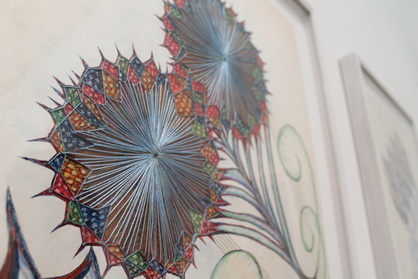
not to mention TEXTURE!
Shinro Ohtake
1955 Tokyo, Japan
painting, sculpture, bookmaking
1955 Tokyo, Japan
painting, sculpture, bookmaking
There was a surprise around every corner of the Biennale. Shinro Ohtake filled an entire room with rows of these slapdash books of purposeful chaos. Ohtake whose work I believe is inspired by the growth of art history has clear responses to mass media and contemporary life. It took Ohtake years of consideration and planning to put together these scrapbooks. He was influenced by his travels, dreams, and diaries which he outwardly reflects by collaging and layering personal and found objects.
Jean-Frédéric Schnyder
1945 Basil, Switzerland
Oil, textile, watercolor on linen
1945 Basil, Switzerland
Oil, textile, watercolor on linen
| Schnyder painted in an attempt to overthrow the stereotype of Switzerland being a perfect and pastoral place. Art history is filled with Madonna renditions. He repetitively uses religious motifs especially Christian iconography which makes his works controversial. Yet, he uses a faux-naive style that intentionally treats his subject matter with dry humor. I studied Schnyder's self portrait below for a while. I was trying to figure out why his hands were up. I see him being trapped inside of this painting looking out at its viewers. He has a look of concern or maybe disgust in his eyes. The strong light source given to the composition casts distinct shadows and contrasts well with the bubblegum pink background. |
Domenico Gnoli
1933 -1970 Roma, Italia
1933 -1970 Roma, Italia
"For me, imagination and invention cannot generate something more important, more beautiful and more terrifying than the common object, amplified by the attention we give it." -Gnoli
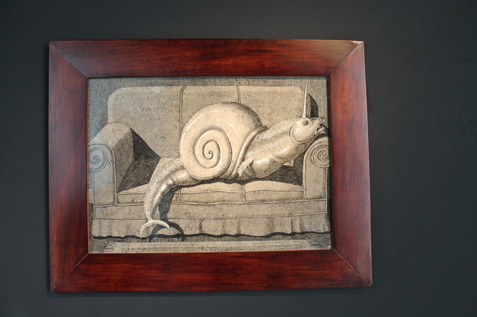
Passing through I saw a few illustrations by Gnoli. His series What Is a Monster? were done in india ink, tempera, and acrylic on cardboard. Surreal and in grisaille! Gnoli depicted some interesting creatures like Snail on Sofa with a unicorn's horn and fish's tail. How unusually refreshing?! A common trend in Gnoli's works lies in his ability to get creative. I feel as though he made anything he could think of possible without over doing it or undermining his skills. He took great care to go into extreme detail.
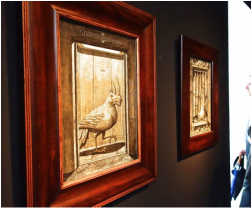
His compositions emphasize line quality, variety in subject matter and value.
Guo Fengyi
1942 -2010 Xi'an China
Guo Fengyi was a female artist who focused on her inner energy using Qigong (a traditional Chinese health maintenance practice that cultivates the qi energy within the body). She practiced qigong to take her mind off the pain of her arthritis.
1942 -2010 Xi'an China
Guo Fengyi was a female artist who focused on her inner energy using Qigong (a traditional Chinese health maintenance practice that cultivates the qi energy within the body). She practiced qigong to take her mind off the pain of her arthritis.
Using traditional Chinese paper Fengyi depicted images of mythological Chinese creatures. Her subject matter comes from her studies in cosmology, acupuncture, geomancy and other traditional Chinese systems of thought. She remains true to her culture and uses it as an aid for her illness.
Maria Lassnig
1919 Kappel, Austria
Body-awareness paintings
1919 Kappel, Austria
Body-awareness paintings
| Culturally significant in all societies where a specific body image is idolized and praised as being "perfect". As a viewer I was drawn into Lassnig's paintings and forced to dig deeper. The main idea behind this series of works is to find the balance between the surface world and the inner world and embrace them as one. | The process of her works contribute greatly to the overall meaning of her body awareness paintings. Lassnig never uses photographs which is something I want to try for future self portraits. |
From “meditative slowness” comes awareness of the interior bodily sensations rendered in the strokes and lines of her art. Shaped by the self and shaping of the self, in Lassnig’s art visual language transforms the self into another as it transforms the self into an I. Lassnig creates and she is depicted.
Lynette Yiadom-Boakye
1977 London, UK
1977 London, UK
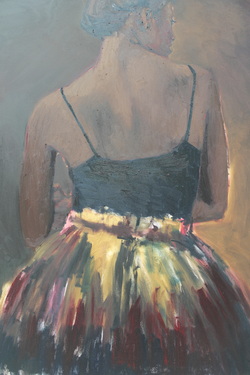
I was surprised to find out that all Boakye's paintings were completed in one day. They are massive! I can only imagine the kind of energy put into these pieces. Working at such an accelerated pace, these finished pieces have diaristic function to the artist. None of the people depicted are real so they should be viewed as masks. Boakye denies any narrative or politics to her work. Art for art's sake.
Mark Manders
1968 The Netherlands
Room with Broken Sentence
1968 The Netherlands
Room with Broken Sentence
| Epoxy, clay, bronze, wood. Manders uses a blend of sculpture, installation, and architecture. Some parts of his wooden pieces are painted as well as painted epoxy to look like wet clay. "For this reason, it exhibits an extreme, vulnerable nakedness, and it seems as if you could just press your fingers into it at any time." -Mark Manders To me Mark Manders brings a unique direction to critiquing his own art. The piece above is called Shadow Study (2) and its main function is to continuously catch the shadow that falls out of the cup. The bone represents his lap where he usually sits his cup. I find all his works intricate and visually appealing because they are layered with information and materials. |
Khaled Zaki & Mohamed Banawy
Egypt
Egypt
"Treasuries of Knowledge is an attempt to visualize Man’s quest for knowledge at the intersection of Nature’s infinite wisdom and what Man learns for himself as he walks – and alters – the face of Earth." - Khaled Zaki | Culturally the clay used in Banaway's piece (left) is representational of Egypt's soil and people. His abstract aerial views reveal the geological and cultural topography of Egypt. |
The artist describes his creative process on his website:
I can see the whole world and feel it once my eyes fall on a huge mosaic panel that was formed unconsciously, with no intention at all; in which all the creatures played a role. Two of these creatures are the Goodness that builds the cities and the Evil that destroys them. As when we build a house or implant a tree or when we have a demonstration, we do put a piece or some stones to form this huge panel. Same as when we destroy a house, we do participate in a particular change in its texture by applying some different tentacles and spaces that should happen as they are destined to be there. That’s why I see the world through a mosaic panel where its features are keep on changing since the Universe has been created and until Resurrection.

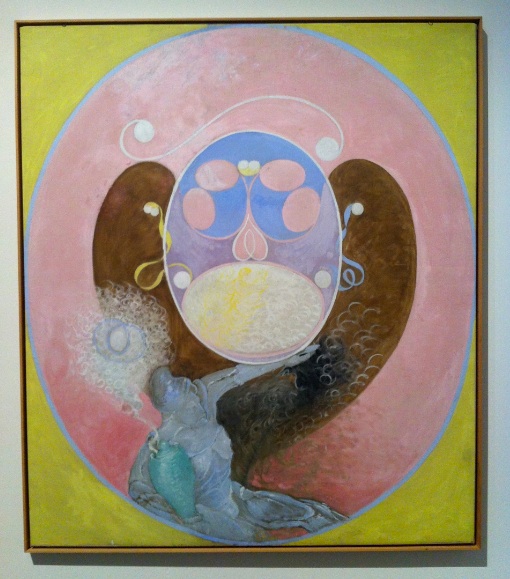
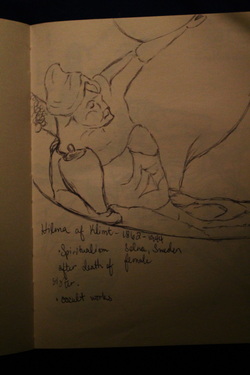
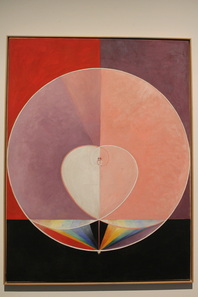


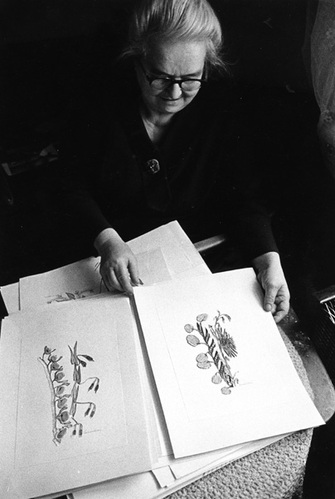
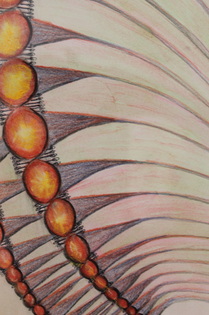
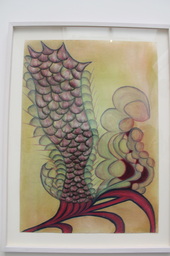
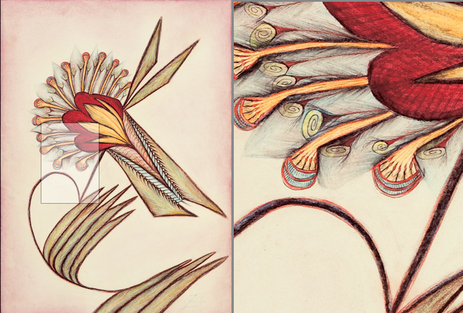
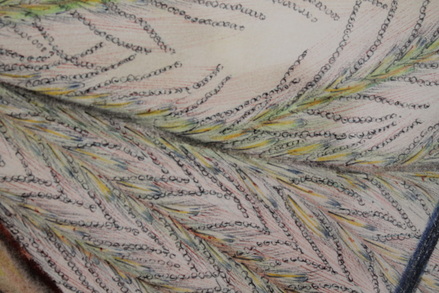
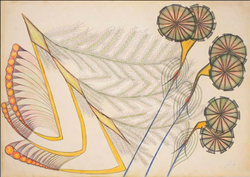
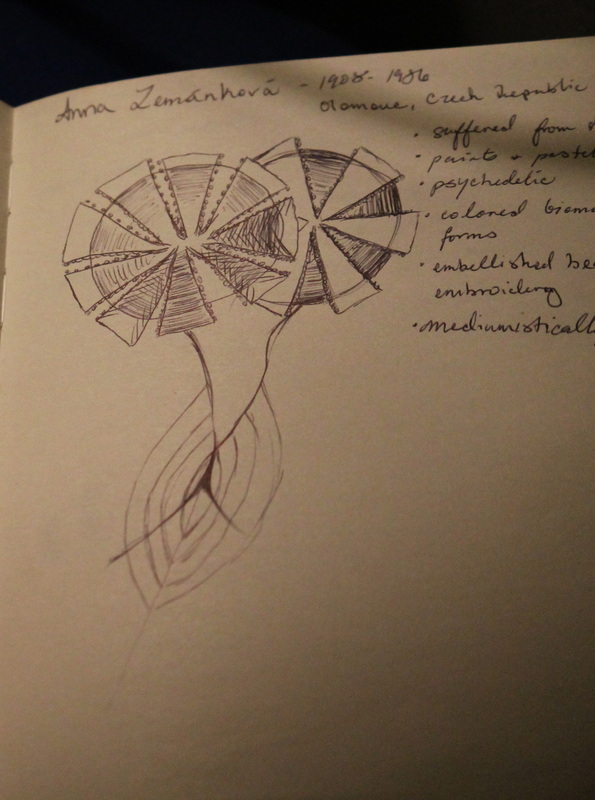
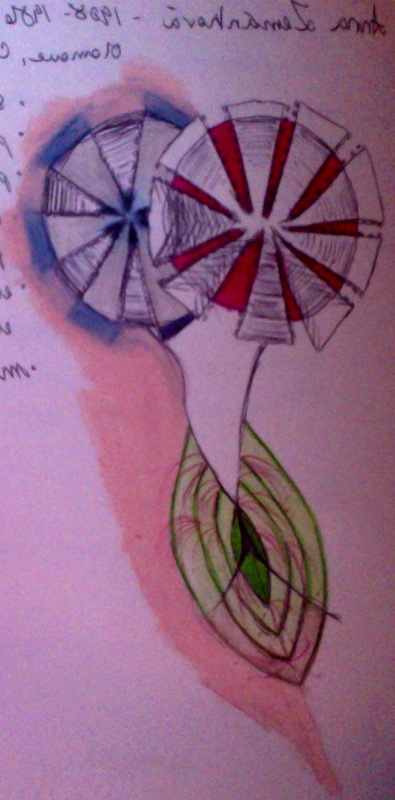
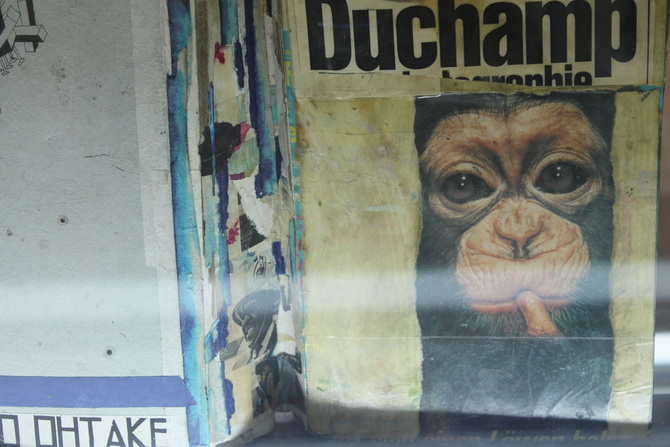

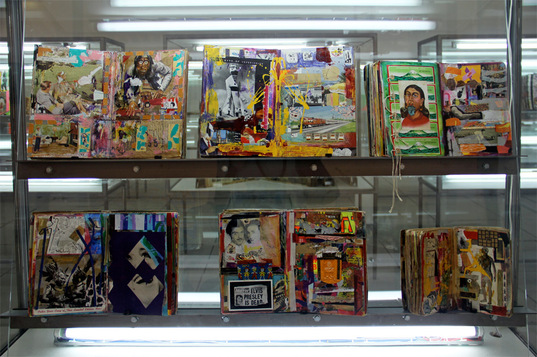
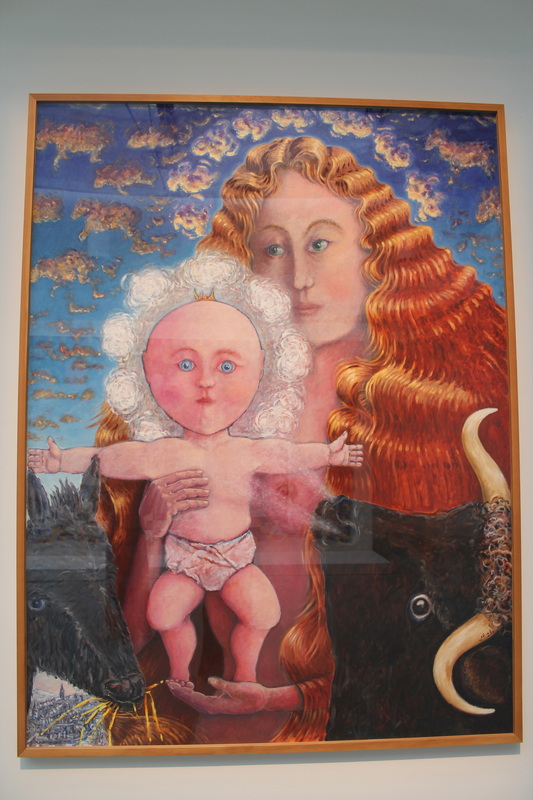
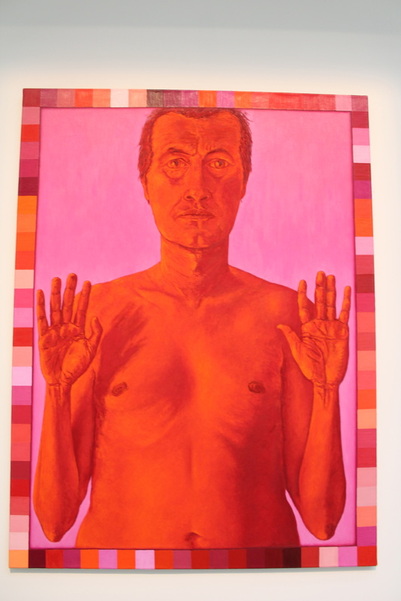






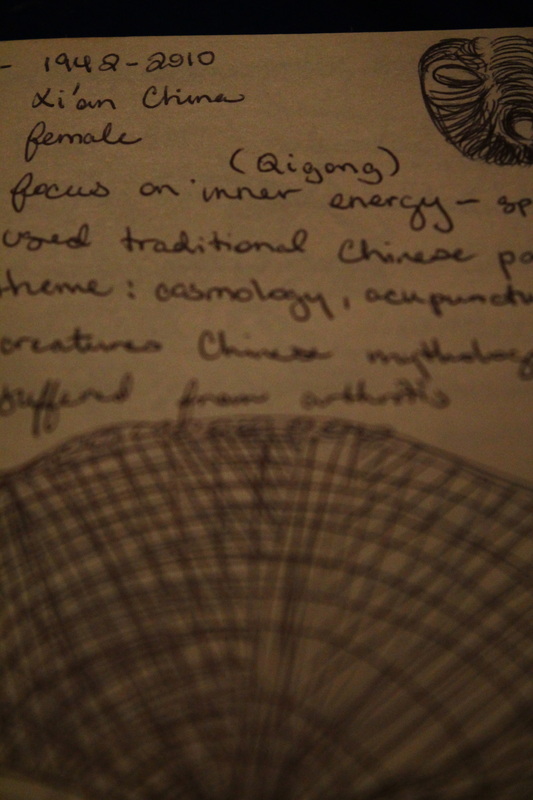
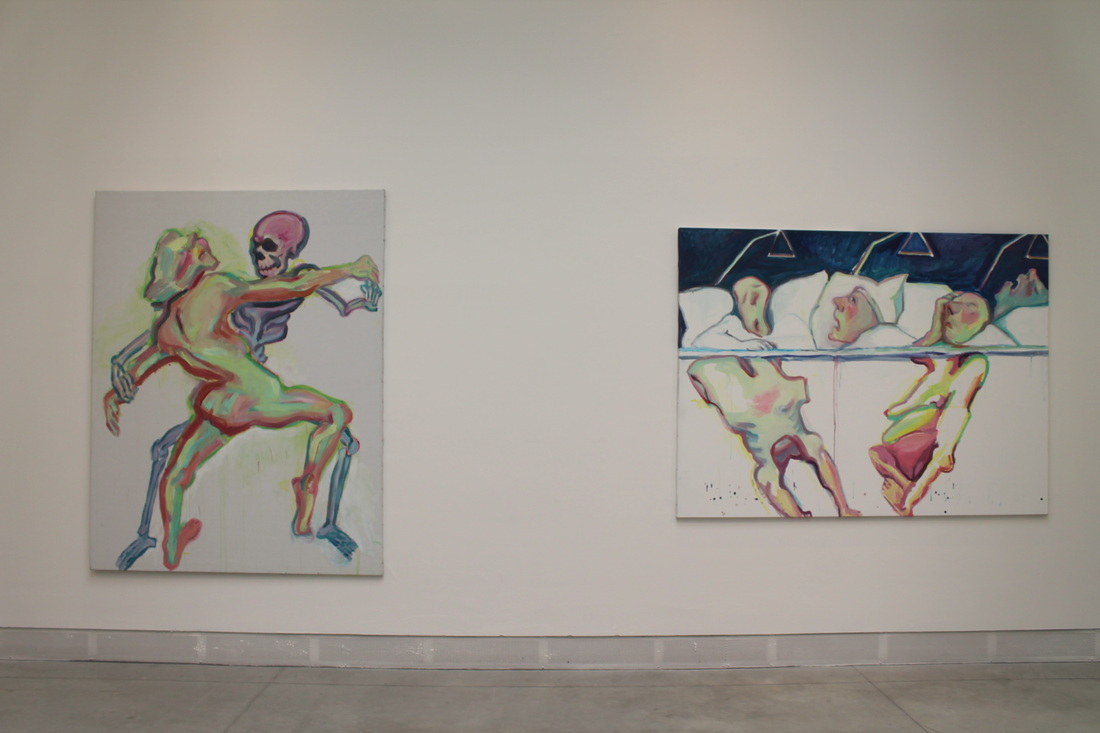
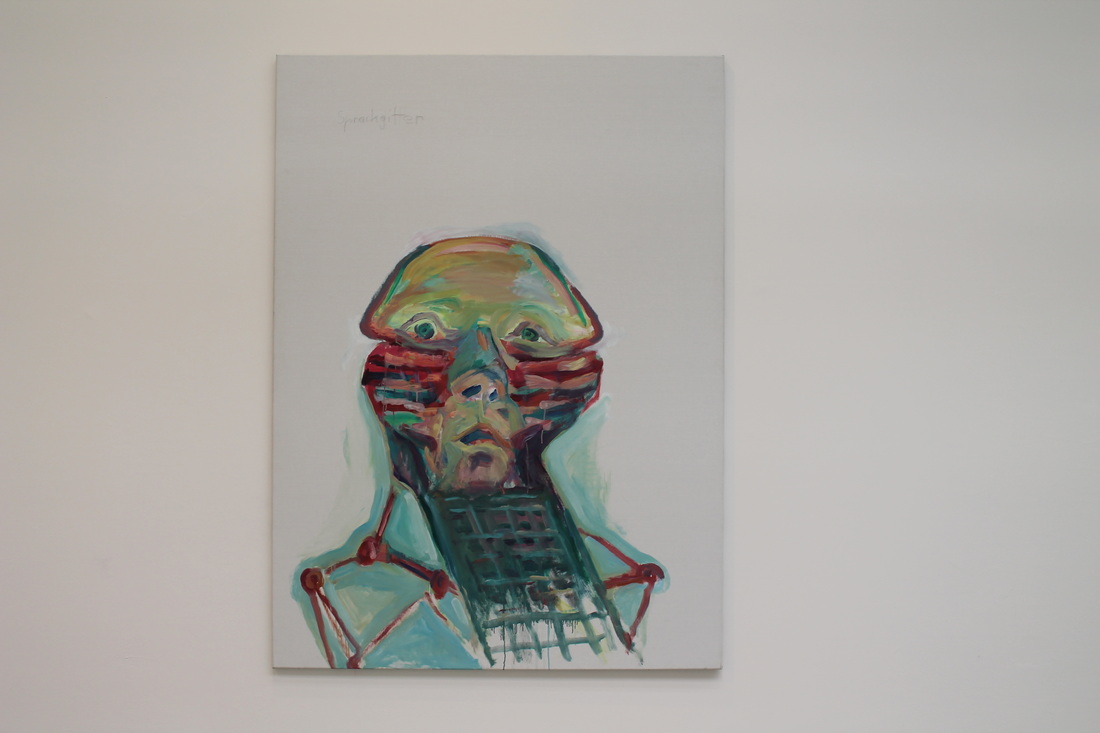

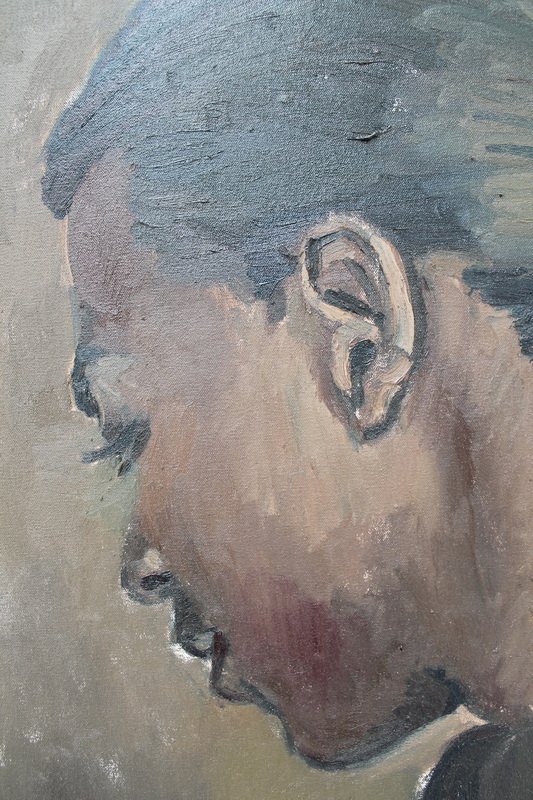
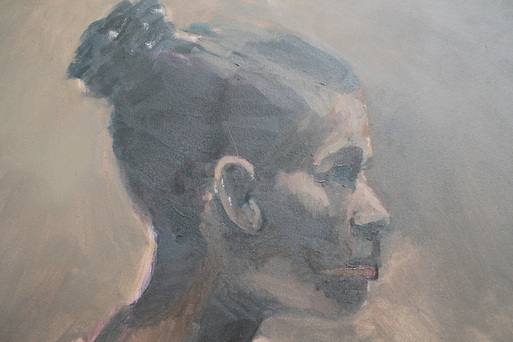
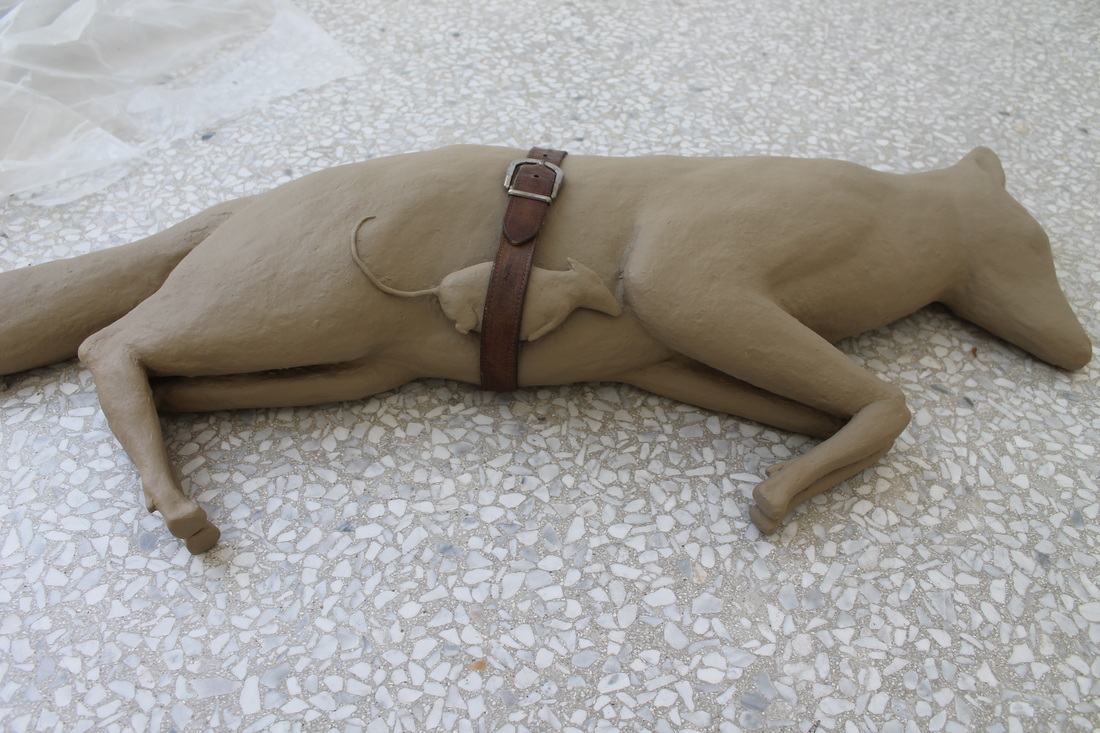
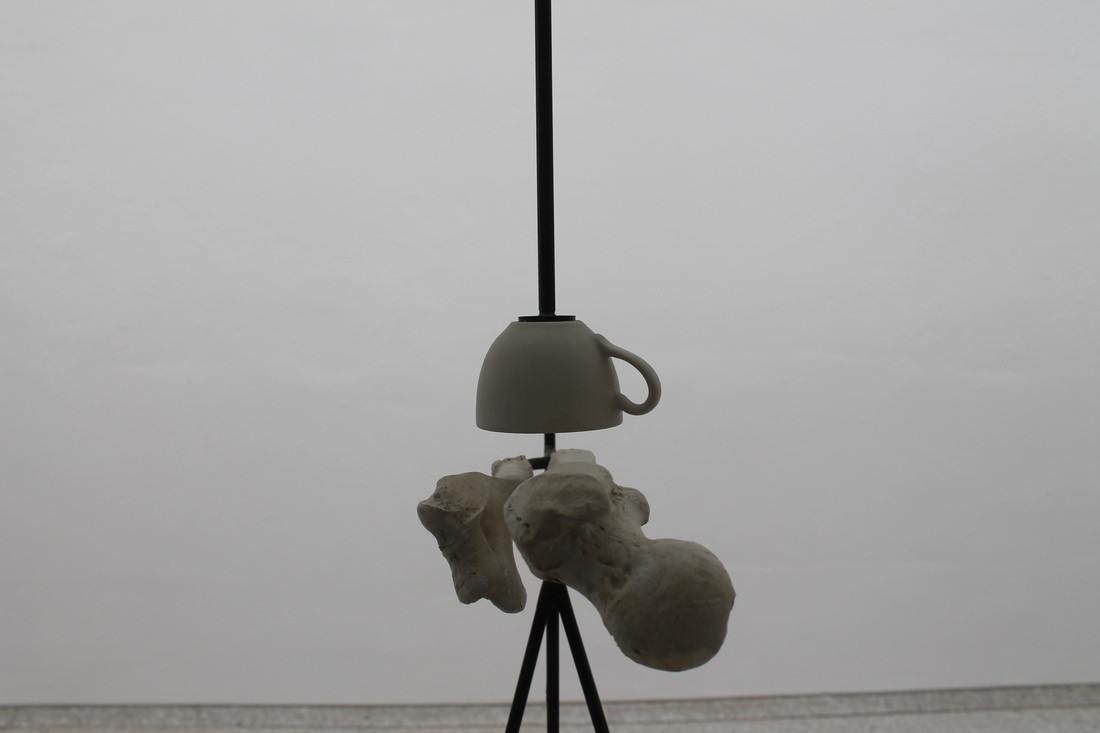
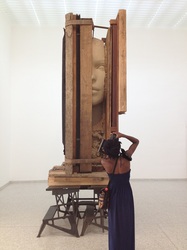
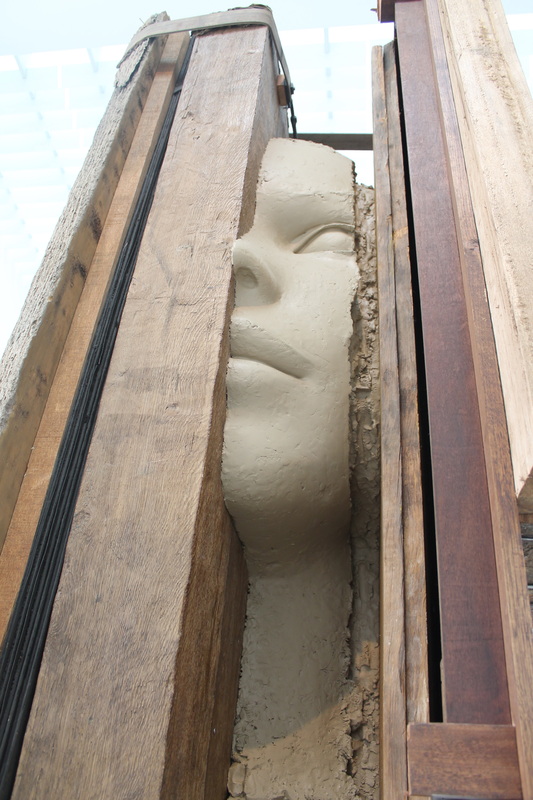
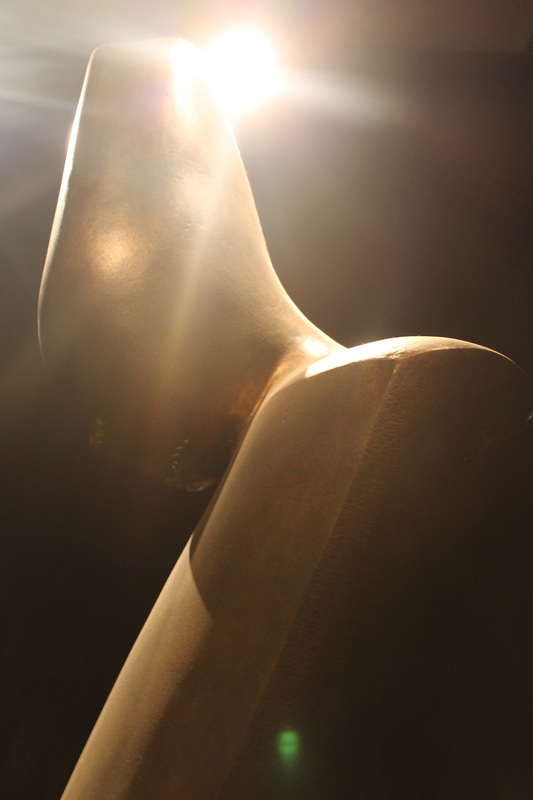
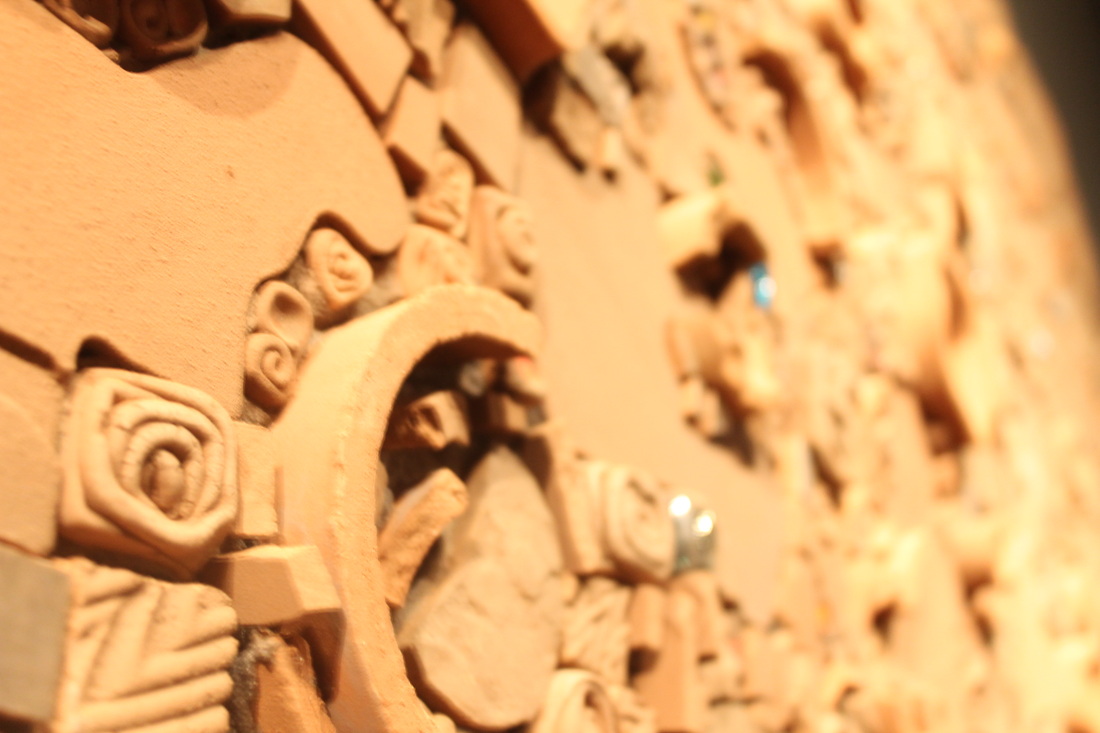
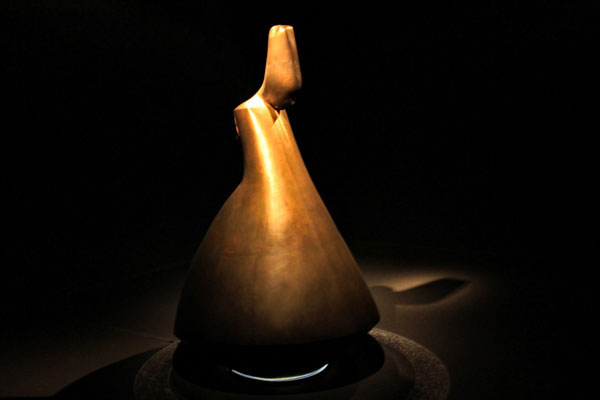
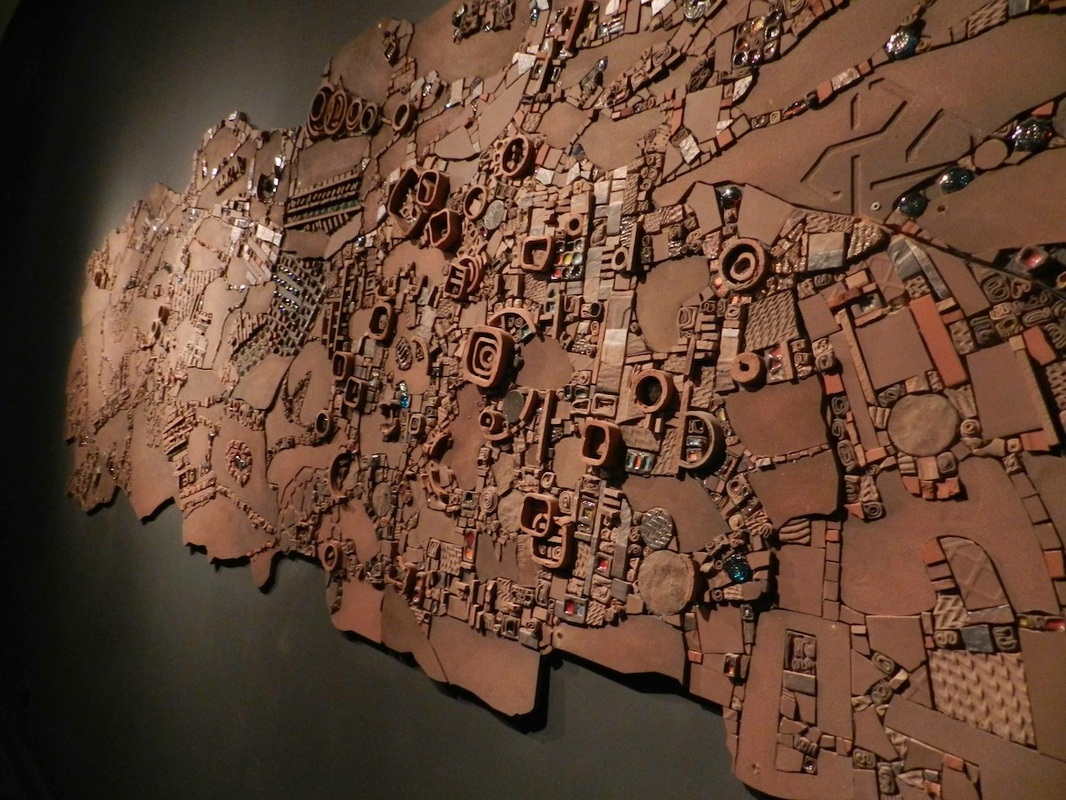
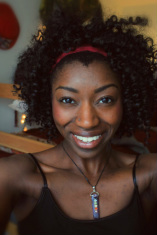
 RSS Feed
RSS Feed